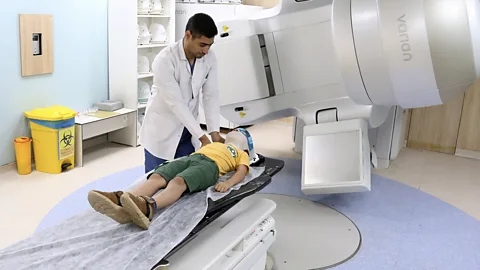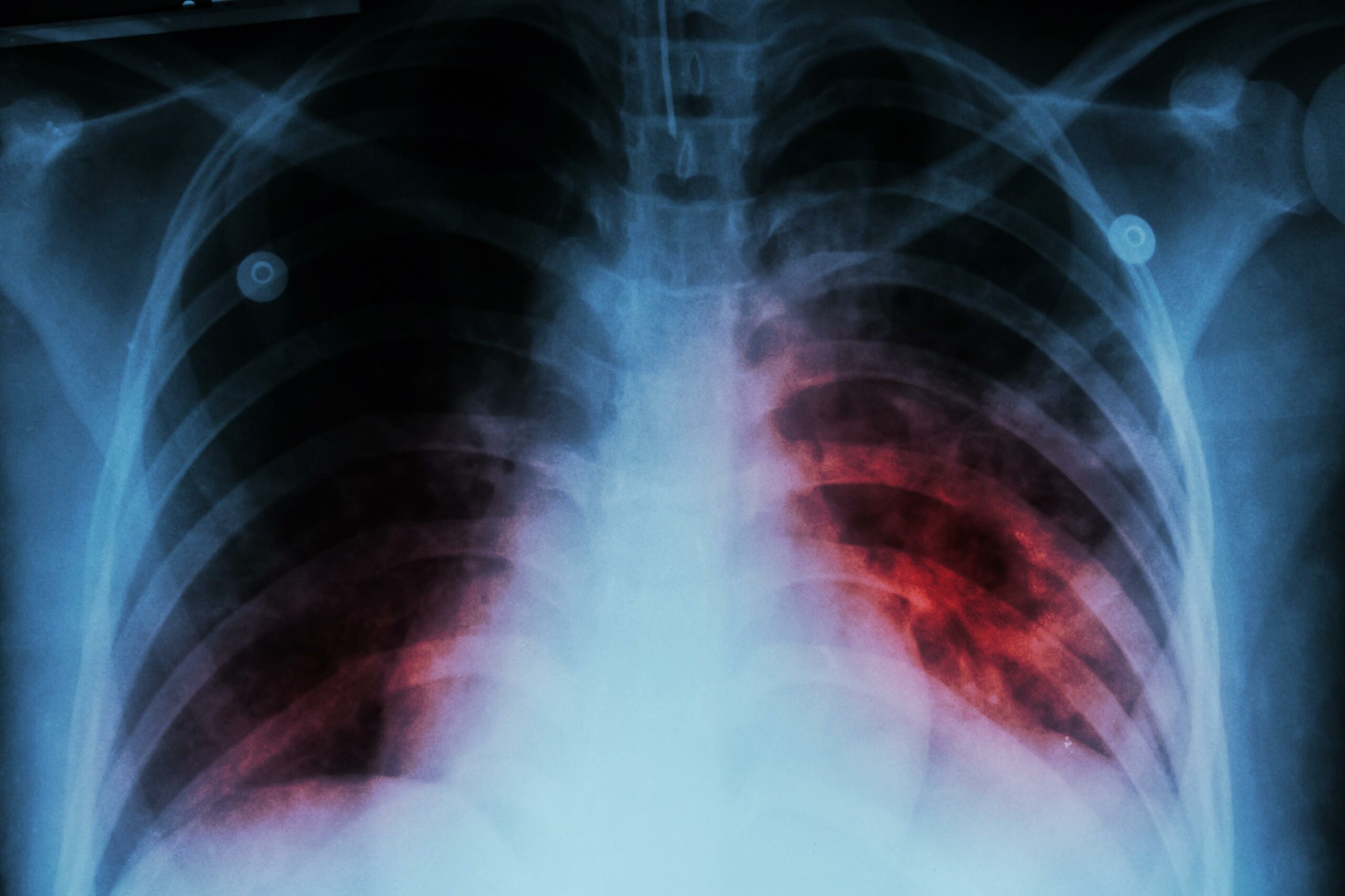Unveiling the Lifesaving Potential of Lung Cancer Screenings
Lung cancer claims approximately 370 American lives daily,
yet many remain unaware of the life-saving screenings available. The American
Lung Association reveals that only 38% of surveyed individuals knew about these
screenings for high-risk individuals, and merely 28% were aware that lung
cancer is the leading cause of cancer deaths in the U.S.
Dr. Céline Gounder, medical contributor and editor-at-large
for public health at KFF Health News, emphasizes the need for increased
awareness. "People need to know this option exists," she states,
noting that screenings have become more accessible in the past decade.
"Insurance should cover this as a preventive health measure. Talk to your
doctor if you think you fall into the high-risk category."
Key Information About Lung Cancer Screenings
Current Recommendations: The American Cancer Society
recommends annual lung cancer screenings for individuals aged 50 to 80 who
smoke or formerly smoked and have a 20-pack-year history. Dr. Gounder explains,
"Pack years are calculated by multiplying the average number of packs
smoked per day by the number of years smoked. For example, one pack a day for
20 years or two packs a day for 10 years equals 20 pack years."
Screening Procedure: Lung cancer screenings involve CT scans
of the lungs. Dr. Gounder describes the process: "You lie down and are
rolled through a donut-shaped machine a few times, which takes 3D X-rays of
your lungs. The procedure is quick, under 10 minutes, but it's significantly
underutilized by high-risk individuals who should be screened."
Beyond Smoking: Other Risk Factors
While smoking is a primary risk factor, others include
asbestos exposure, radon, cooking smoke, wildfire smoke, and other forms of air
pollution. Dr. Gounder highlights these often-overlooked risks, emphasizing the
growing concern of air pollution.
Raising awareness and utilizing lung cancer screenings can
save countless lives. If you are at high risk, consult your doctor about this
crucial preventive measure.










.jpg)